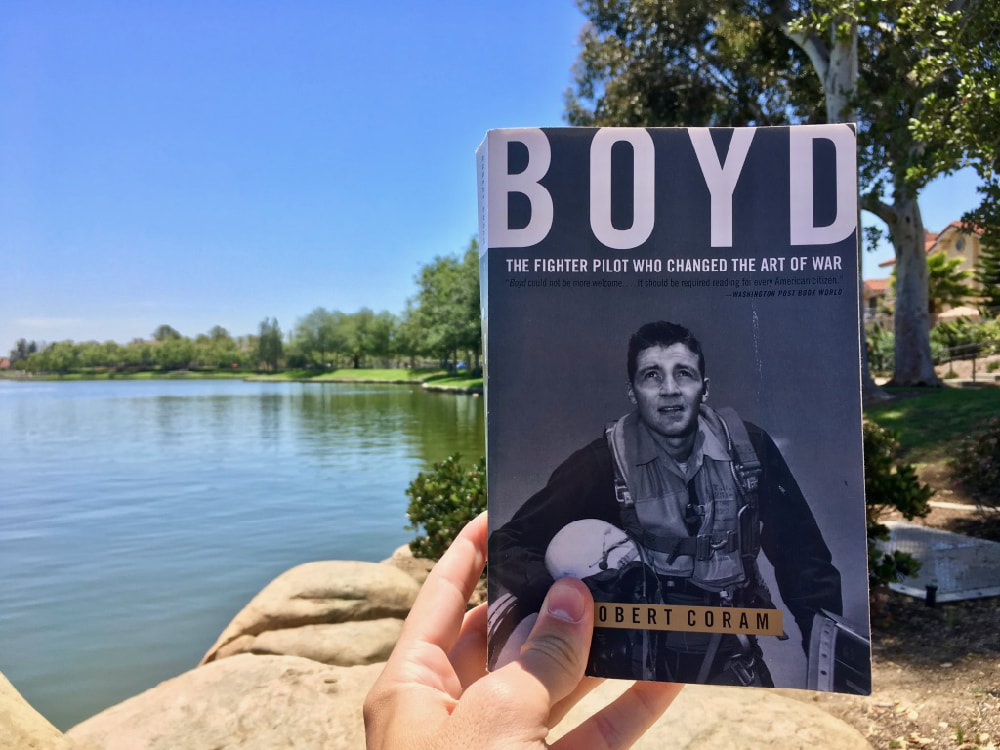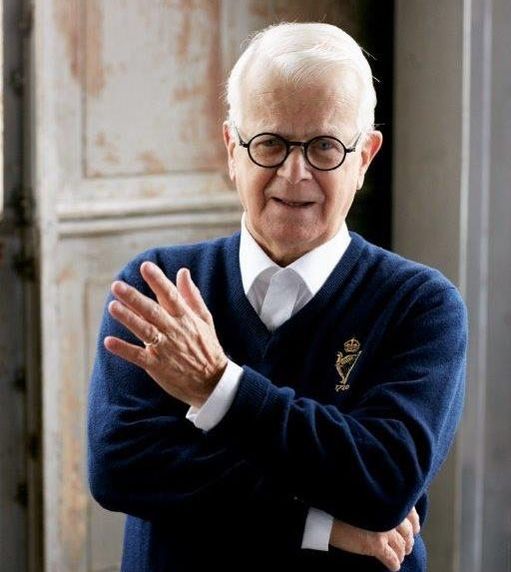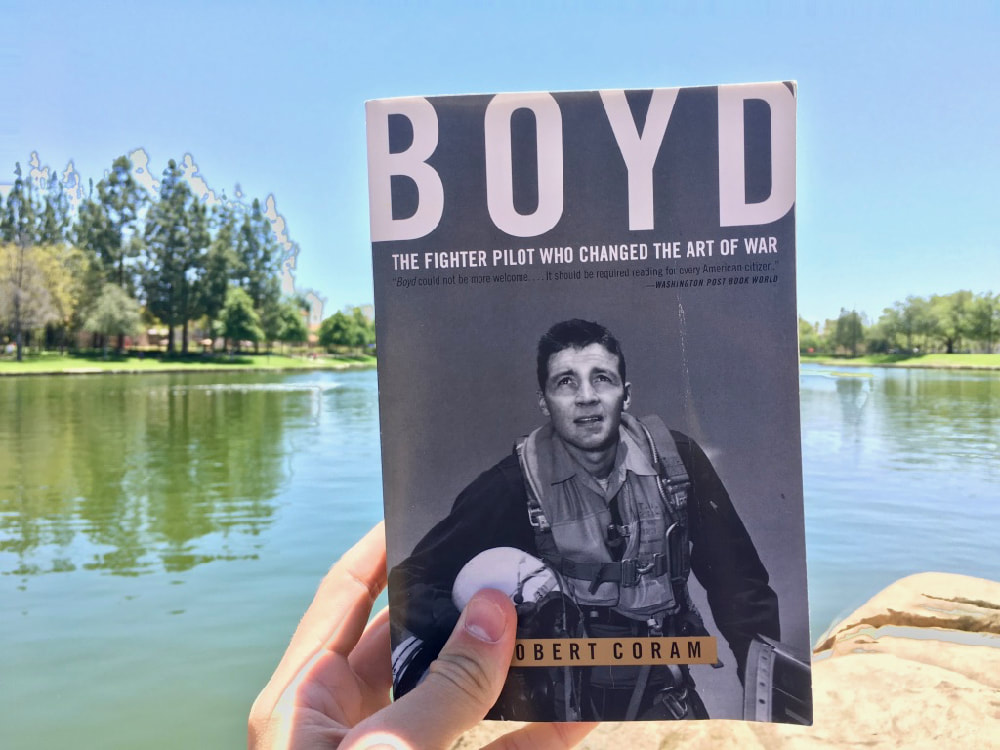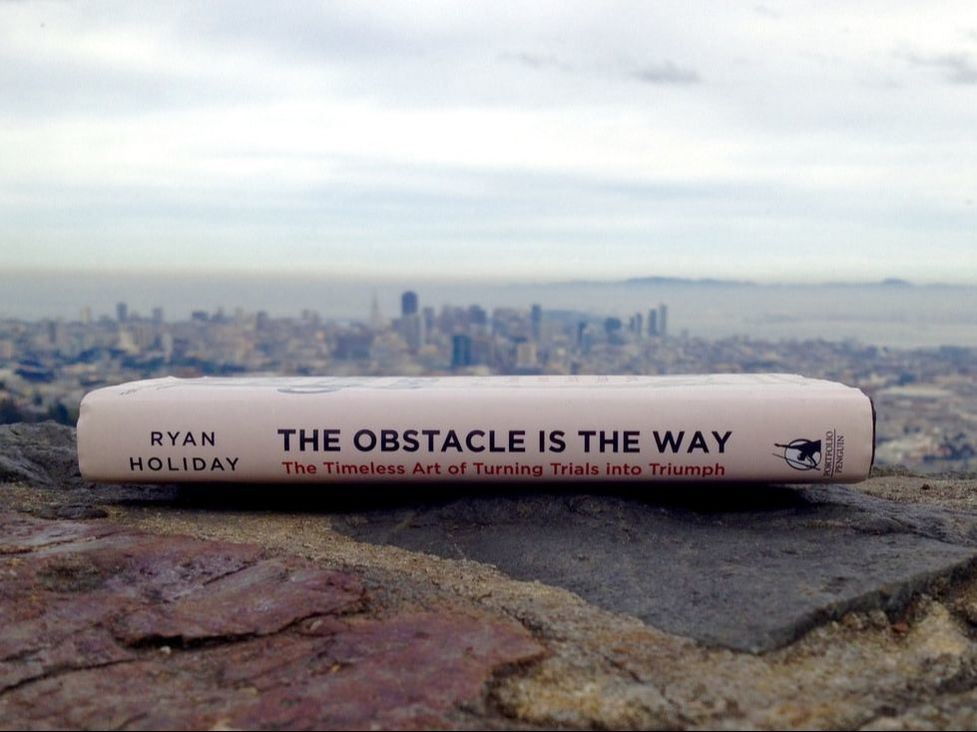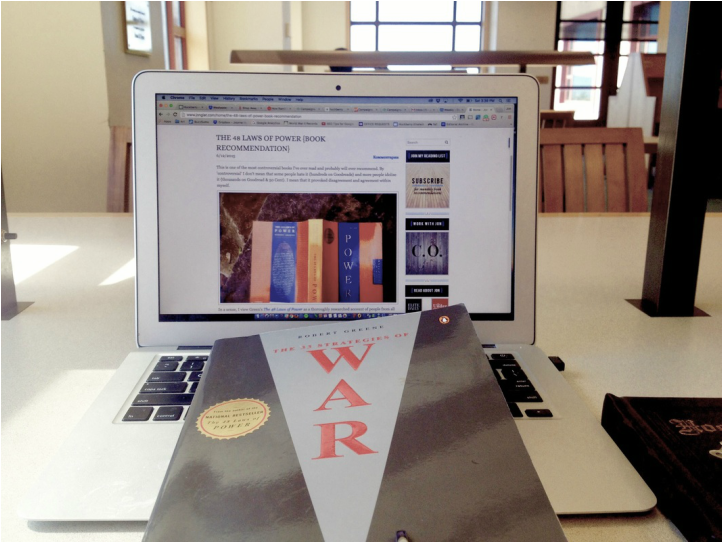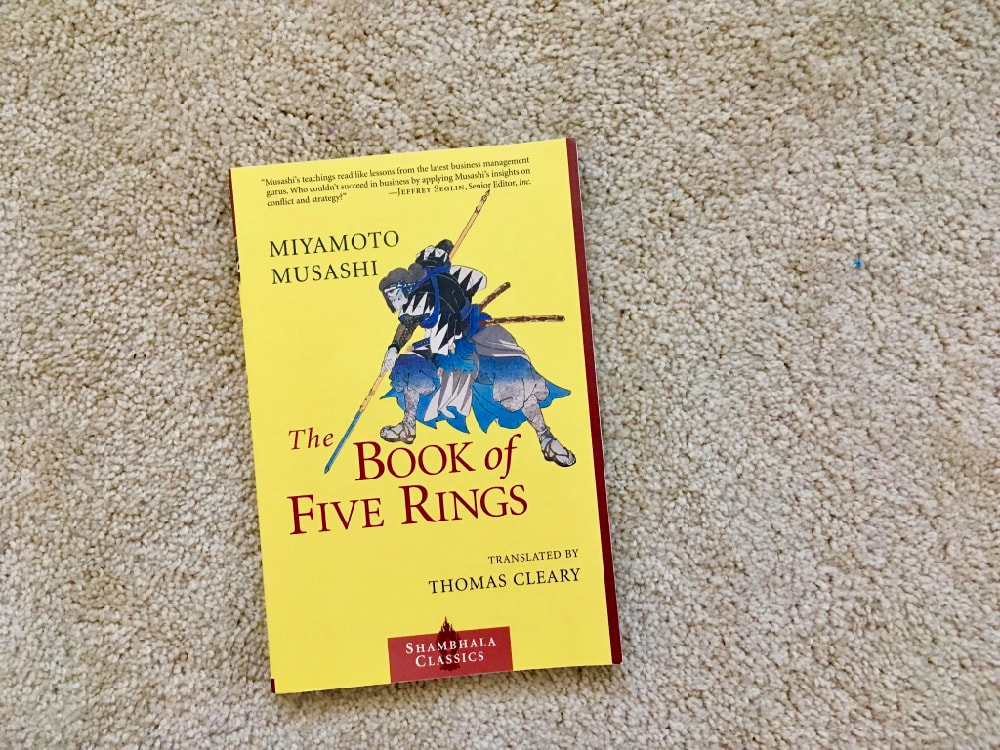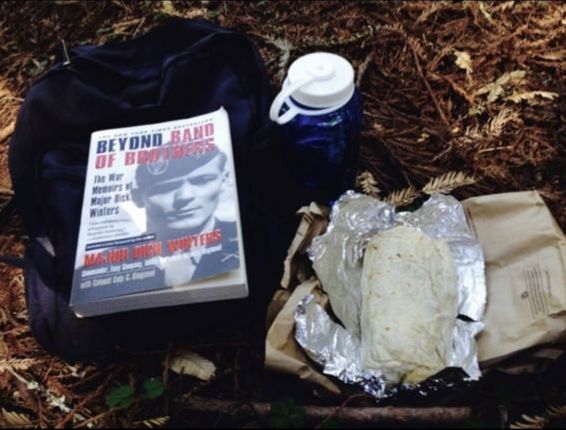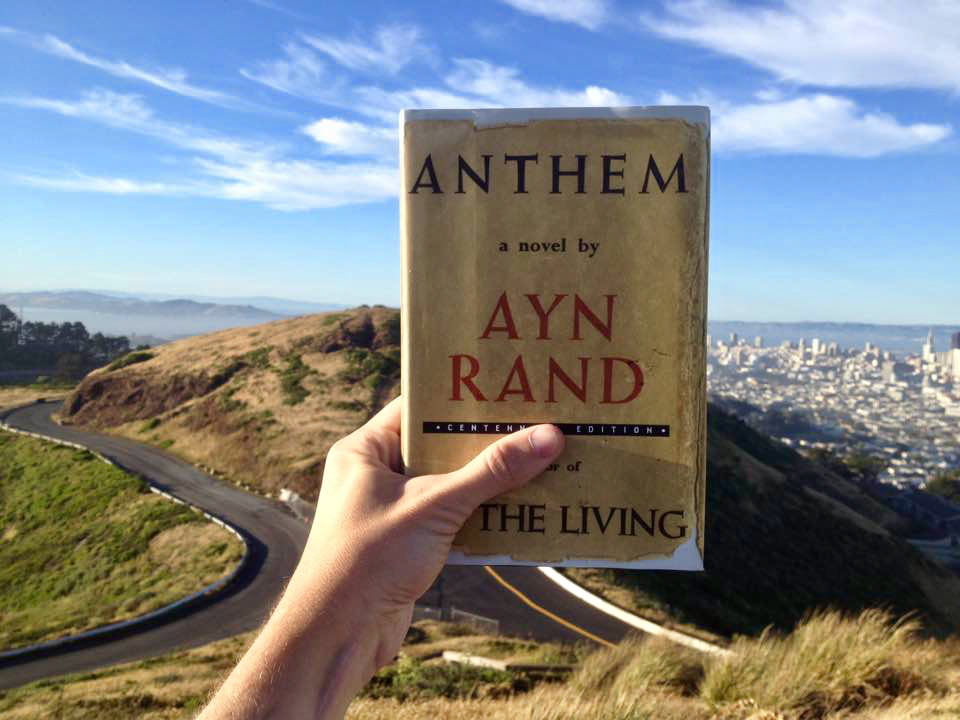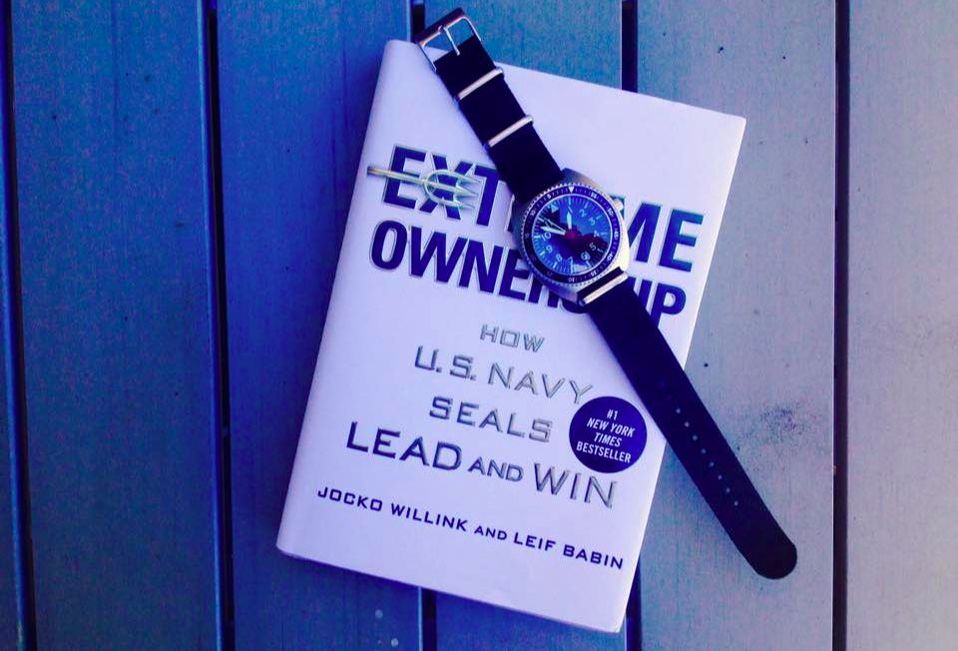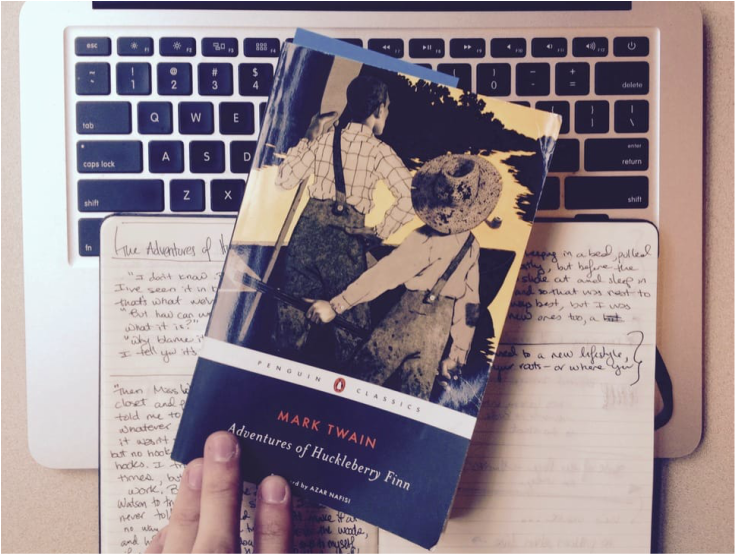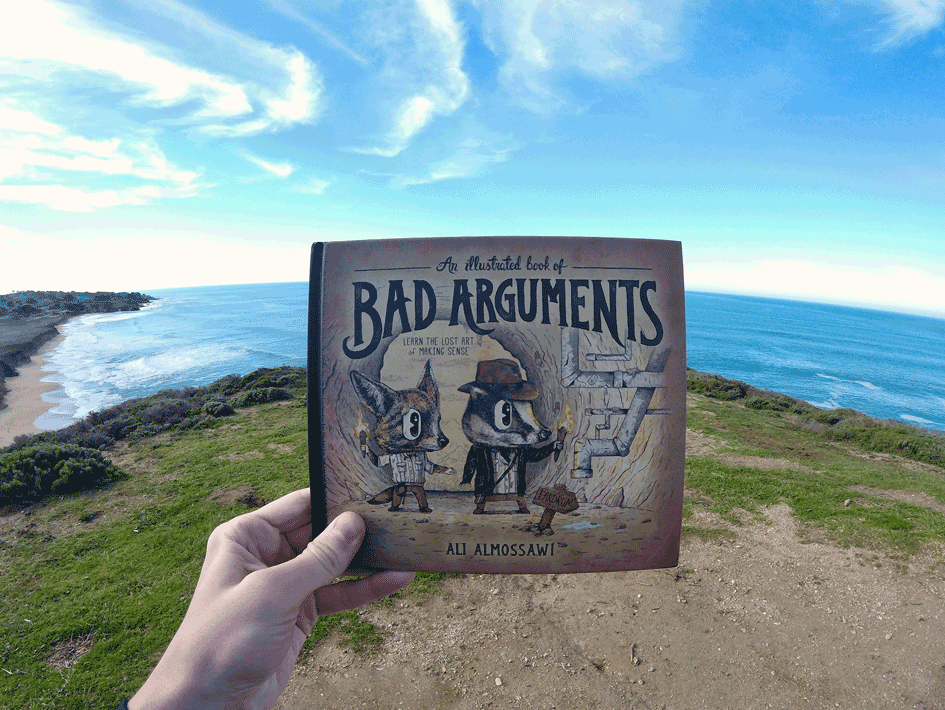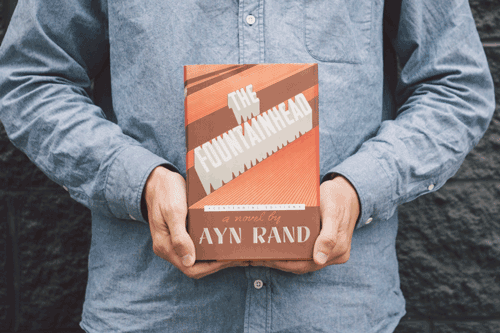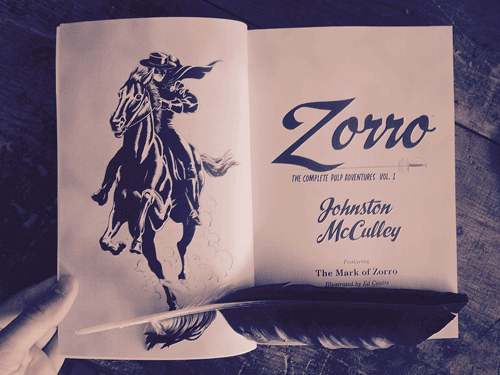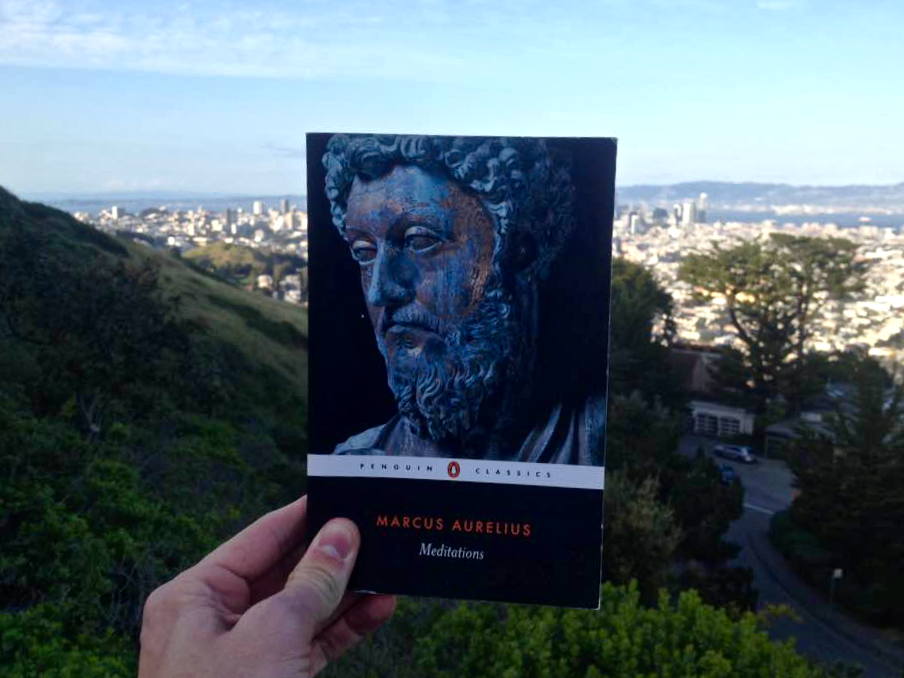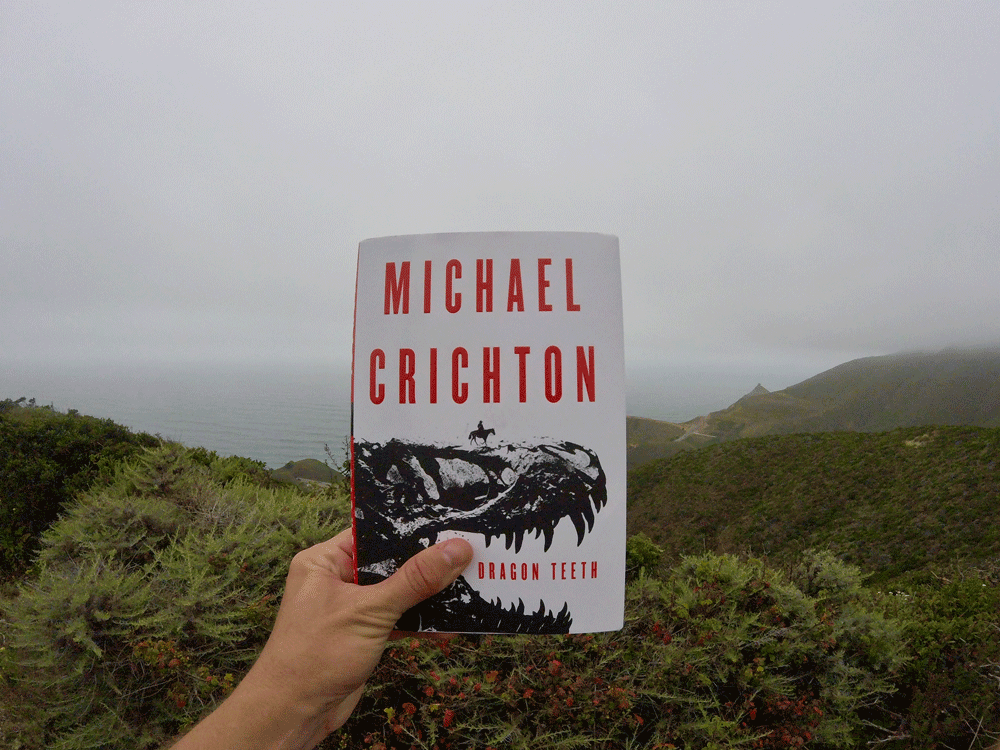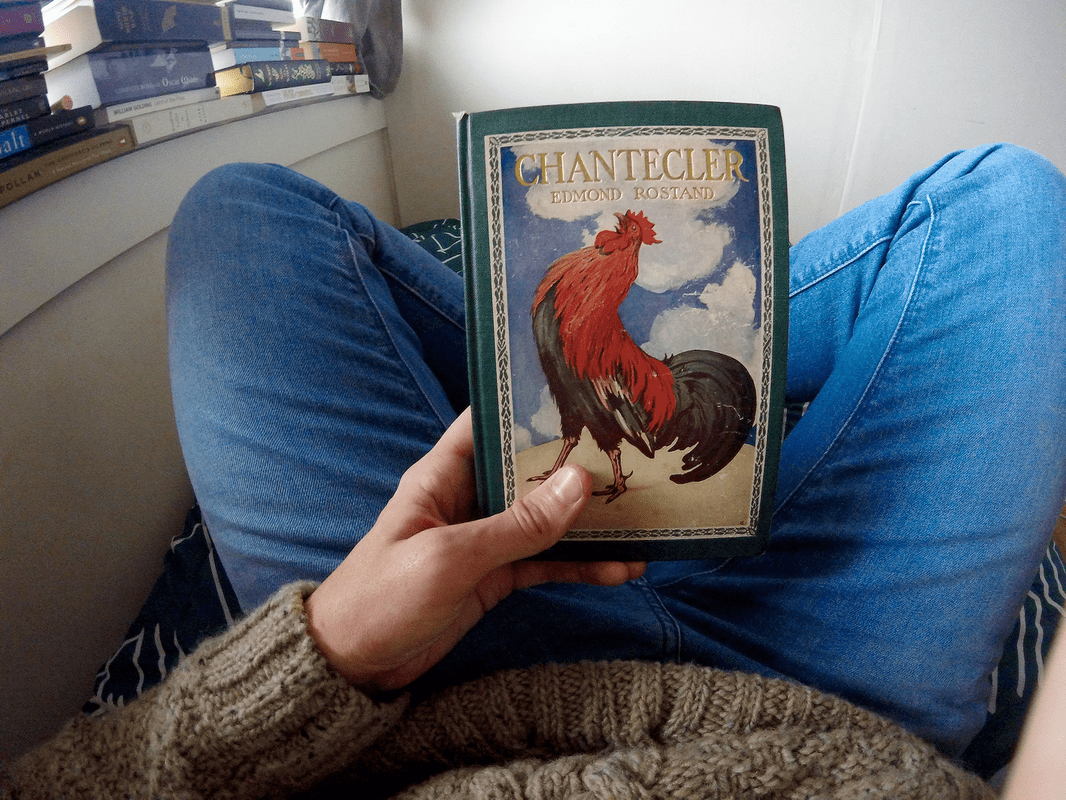| "They were bureaucrats. Boyd was a warrior." |
Robert Coram's Boyd is one damn-clear, awe-inspiring portrait of a warrior and leader. This is the story of a fighter pilot who threw out the book and then rewrote it. Still more, he rebuilt the fighter jet and in doing so, shifted a nation's entire approach to war.
John Boyd (1927-1997), Coram writes, was "arguably the greatest fighter pilot in American history." And his contributions to military science once he left the cockpit were even greater still, with the designing of a revolutionary, paradigm-shifting fighter jet: the F-15. The man, along with his two best friends, did this behind the Air Force's back. They worked late nights, early mornings, and weekends for over six years on their secret design (codenamed: "The Lord's Work"). Bucking the smug attitudes and in-vogue opinions at the Air Force and Navy, Boyd's F-15 was a lightweight and highly maneuverable gun-armed jet. Fat planes were sitting ducks. Missiles were still in their infancy and couldn't track enemies reliably. But the military's committees and procedures were heading in the wrong direction. "They were bureaucrats. Boyd was a warrior." One with literally thousands of fight hours, an undefeated combat vet and flight instructor who proved himself in Korea.
Boyd's resume and life's work is beyond impressive, but Coram explores the pilot, colleague, friend, son, husband, and father with tremendous nuance and insight. At the halfway mark of Boyd's dogged pursuit of a workable F-15 design,"Boyd had established a pattern: no matter what his contributions to the Air Force or to the national defense might be—and there were significant contributions to come—his outspoken nature, his lack of reluctance to criticize his superiors, and his love for conflict with others would hinder his promotion through his career."
As Coram draws him, the man's virtues and shortcomings are both epic and universal to us more-mortal folk. There are tons of lessons: Boyd's mental and physical stamina, his ability to focus deeply on tactical problems and stay in the zone, his impressive immunity to interruptions and distractions, his uncompromising attitude to learning the math, science, and maneuvers firsthand—all these are wonderfully drawn throughout the bio—as are his occasional bouts of vanity and spitefulness with rivals, his poor communication skills and consistent inability to recognize emotional vulnerability as a strength not a weakness.
My favorite aspect of Boyd's story though, is that it shows just how far and high a polio-surviving kid from the small city of Erie, Pennsylvania can fly when he has the guts to try all the planes, and build his own. [JG]
John Boyd (1927-1997), Coram writes, was "arguably the greatest fighter pilot in American history." And his contributions to military science once he left the cockpit were even greater still, with the designing of a revolutionary, paradigm-shifting fighter jet: the F-15. The man, along with his two best friends, did this behind the Air Force's back. They worked late nights, early mornings, and weekends for over six years on their secret design (codenamed: "The Lord's Work"). Bucking the smug attitudes and in-vogue opinions at the Air Force and Navy, Boyd's F-15 was a lightweight and highly maneuverable gun-armed jet. Fat planes were sitting ducks. Missiles were still in their infancy and couldn't track enemies reliably. But the military's committees and procedures were heading in the wrong direction. "They were bureaucrats. Boyd was a warrior." One with literally thousands of fight hours, an undefeated combat vet and flight instructor who proved himself in Korea.
Boyd's resume and life's work is beyond impressive, but Coram explores the pilot, colleague, friend, son, husband, and father with tremendous nuance and insight. At the halfway mark of Boyd's dogged pursuit of a workable F-15 design,"Boyd had established a pattern: no matter what his contributions to the Air Force or to the national defense might be—and there were significant contributions to come—his outspoken nature, his lack of reluctance to criticize his superiors, and his love for conflict with others would hinder his promotion through his career."
As Coram draws him, the man's virtues and shortcomings are both epic and universal to us more-mortal folk. There are tons of lessons: Boyd's mental and physical stamina, his ability to focus deeply on tactical problems and stay in the zone, his impressive immunity to interruptions and distractions, his uncompromising attitude to learning the math, science, and maneuvers firsthand—all these are wonderfully drawn throughout the bio—as are his occasional bouts of vanity and spitefulness with rivals, his poor communication skills and consistent inability to recognize emotional vulnerability as a strength not a weakness.
My favorite aspect of Boyd's story though, is that it shows just how far and high a polio-surviving kid from the small city of Erie, Pennsylvania can fly when he has the guts to try all the planes, and build his own. [JG]
ABOUT THE AUTHOR
| Robert Coram is one of the few civilians to have ever flown aboard the F-100 and F-15. He's also the author of a biography of Colonel George "Bud" Day, a pilot who flew into combat in WWII, the Korean, and Vietnam wars, and another bio on Victor Krulak, "arguably" the most crucial Marine in the Corp's history. You can find follow more of Robert Coram's news and book tour schedules at his website here. |
YOU MAY ALSO LIKE

